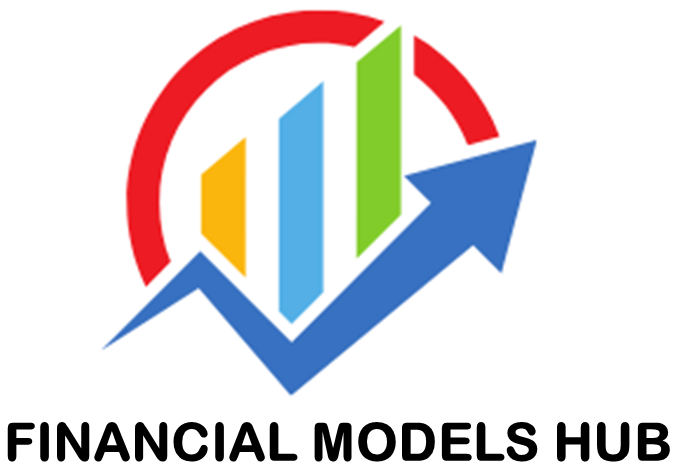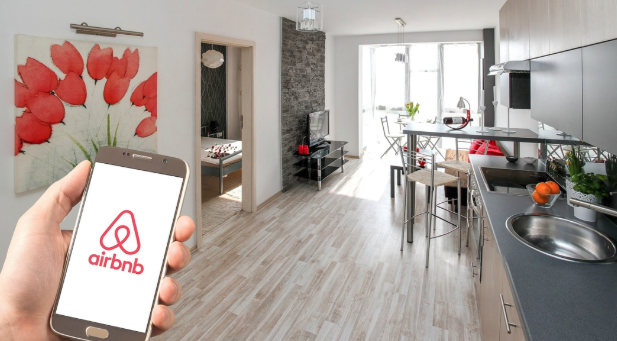Starting a catering business can be a rewarding venture—whether you’re serving corporate luncheons, weddings, private dinners, or large-scale events. But before the first appetizer is plated or the first booking is made, creating a comprehensive catering business plan is essential. We have also built a Restaurant Financial Model Template for Founders and Entrepreneurs to use. Effortlessly input your assumptions into our complete 3-way Financial Model. It generates an Income Statement, Balance Sheet, Cash Flow Statement, restaurant-specific metrics and ratios, plus a valuation page to determine your business’s worth. We also have over 20 different types of Restaurant models which you can also see here.

Why You Need a Catering Business Plan
Whether you’re beginning with a home-based catering kitchen or a full-scale commercial operation, your business plan helps you:
- Define your niche and services
- Forecast startup costs and revenue
- Secure funding or partnerships
- Create a clear strategy for growth
- Stay legally compliant and financially on track
Key Sections of a Catering Business Plan
Executive Summary
The executive summary is a brief overview of your entire business plan. It should capture the essence of your catering business in a concise, compelling manner.
Include:
- Business name and structure
- Location and service area
- Catering niche (e.g., weddings, corporate events, vegan menus)
- Mission statement
- Summary of financial projections
- Funding requirements
Example: Savory Affairs Catering Co. is a Sydney-based full-service catering business specializing in upscale corporate events and private functions. We offer modern Australian and Mediterranean-inspired cuisine, with customizable menus for all dietary needs. Our mission is to deliver exceptional food experiences with impeccable service. We seek $85,000 in funding to support kitchen fit-out, initial staffing, and marketing initiatives.
Company Overview
Detail the fundamental aspects of your catering business.
Include:
- Business structure: Sole proprietorship, partnership, company, etc.
- Business history (if applicable)
- Legal and regulatory requirements (e.g., food handling licenses)
- Business location (home kitchen, shared commercial kitchen, or own facility)
- Short-term and long-term goals
Market Analysis
Demonstrating market demand for your services and understanding the competition are crucial.
Include:
- Target market (e.g., wedding planners, corporate offices)
- Market trends (e.g., demand for plant-based catering)
- Size of the market and growth projections
- Competitor analysis
Catering Services & Menu
Describe your culinary offerings and what differentiates your service.
Include:
- Cuisine styles (e.g., vegan, BBQ)
- Event types catered (weddings, birthdays)
- Pricing models
- Customization options
- Equipment and rentals
Operations Plan
Use this section to illustrate the logistic capabilities of your catering business.
Include:
- Food production methods (home kitchen vs. commercial kitchen)
- Transportation and delivery logistics
- Staffing and roles
- Supplier relationships
- Inventory management and food safety procedures
Marketing and Sales Strategy
Create a robust strategy to attract and retain clients.
Include:
- Branding elements (name, logo)
- Website and online ordering functionalities
- Social media strategies (Instagram, Facebook)
- SEO and Google Business listing
- Networking strategies with venues and event planners
Management and Team
Explain your business’s leadership and team setup.
Include:
- Founders’ bios and qualifications
- Roles and responsibilities
- Org chart and hiring plan
- Staff training and certifications
Financial Plan
A clear financial plan is pivotal for your catering business.
Include:
- Revenue projections
- Operating costs
- Profit & loss forecast
- Cash flow forecast
- Funding needs
Appendices and Supporting Documents
Attach extra documentation and visuals here.
Examples:
- Sample menu and pricing
- Business registration and food licenses
- Supplier quotes
Frequently Asked Questions
How do I start a catering business from home?
Starting a catering business from home involves understanding local health regulations and creating a flexible menu that suits your clientele. Consider reading more about tips for launching a business.
What are the legal requirements for a catering business?
Legal requirements include obtaining a food handling license, business license, and ensuring all food safety protocols are followed.
How can I build a clientele for my catering business?
Building clientele involves excellent service, strategic marketing, and networking with venues and event coordinators.



